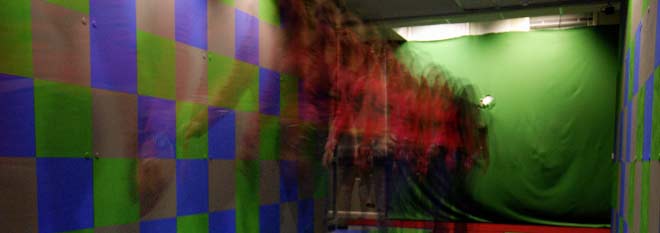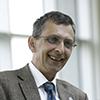Leading the world in Gait Biometrics
The University of Southampton is a world leader in biometrics and is at the forefront of research into gait biometrics that identifies and recognises people by the way they walk. Its pioneering research has had a significant impact on public policy, national security processes, forensic service practice and the economy.

Research challenge
Electronics and Computer Science (ECS) researchers at the University of Southampton have been pioneering gait biometrics for nearly two decades. They have been exploring the notion that people can be recognised by the way they walk and identifying new techniques, technologies and tools in computer vision to enable the automated understanding of walking motion in video sequences.
The research has been developed using multi-million pounds of funding from the United States’ Defense Advanced Research Projects Agency, the Ministry of Defence, the US Army Research Laboratory and the European Union.
Context
Fingerprints have traditionally been used to identify individuals and transformed modern policing, but now gait biometrics is fulfilling the potential to revolutionise the methods used by security agencies to identify criminals and terrorists.
Our solution
Professor Mark Nixon and Dr John Carter, from ECS, have developed new techniques such as the world’s first 3D biometric tunnel, to enable people to be identified by the way they walk.
The tunnel – designed with public places such as airports and shopping centres in mind – was equipped with eight synchronised cameras that collected a variety of non-contact biometrics of the gait from different angles as the person walks through the tunnel. The pair have taken the use of gait as a biometric from concept to reality and have created gait databases that have more than 300 registered users from more than 30 countries.
They also developed technology that is ideal to be used in covert surveillance as it can rely on a single camera and works with a wide range of camera views. This technology disproves earlier understanding that gait changes over time. The research also explored and dispelled the ability of people being able to fool the system by mimicking another person’s gait.
What was the impact?
The development of gait biometrics as a recognised identification tool has had a significant impact on both society and public policy. It has improved national security and has been used in covert surveillance to identify terrorists in ports and airports.
The first successful conviction of a criminal using gait biometrics as a form of evidence was held in 2008.The offender had left no DNA at the crime scene and had obscured his face, but by using CCTV footage he was identified beyond reasonable doubt by his gait.

Find out more
Talk to our research team and find out more about this work. Professor Mark Nixon, of the Vision, Learning and Control group led the research on this project.